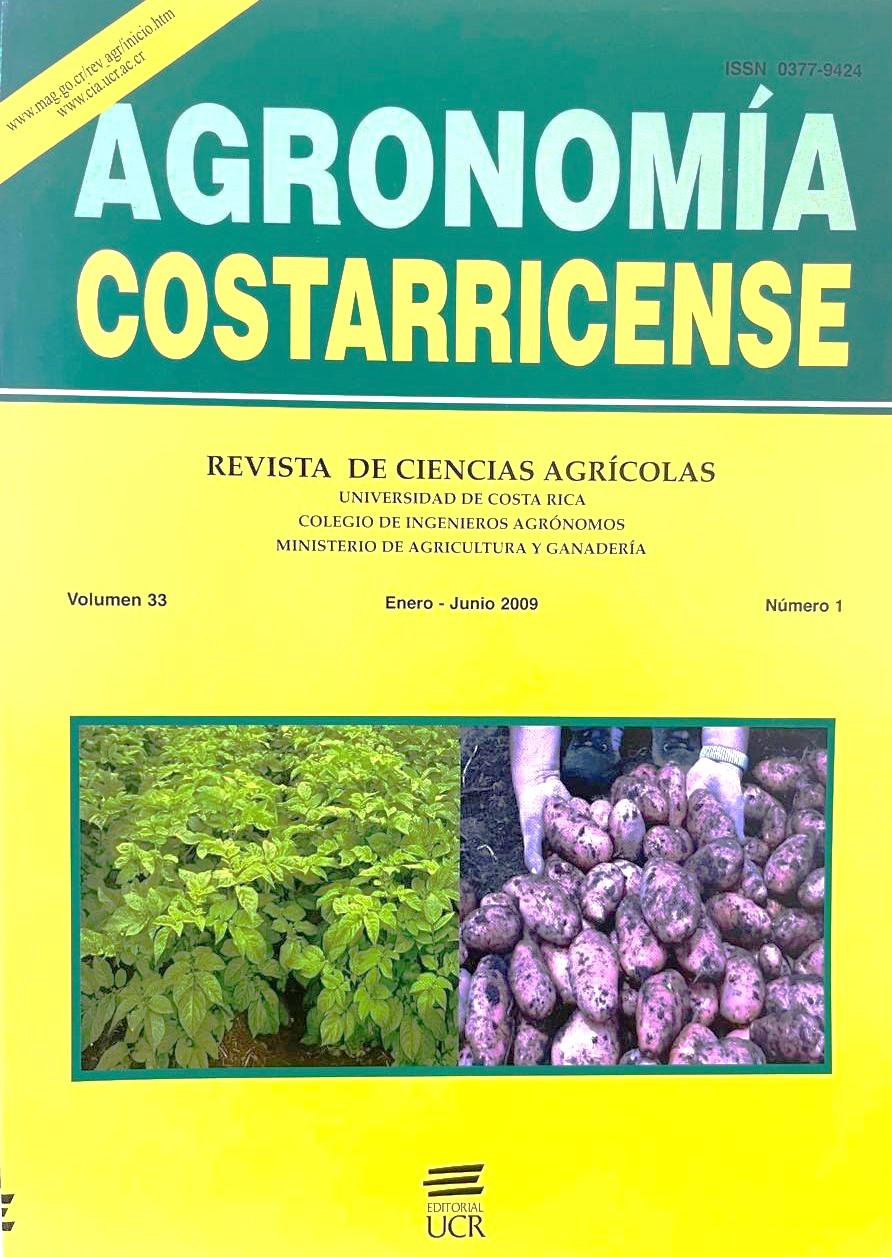Abstract
The objective of the present study was to determine whether the hybrids (H) of corn (Zea mays L.) produce greater grain yield than the landraces (LR) and if the modern hybrids (MH) recommended for rain-fed conditions in the region of the High Valleys of Mexico have higher grain yield than the old hybrids (OH) and LR under drought and low N. Nine hybrids and 5 landraces were planted in field conditions under 4 different environments: irrigation (I) with watering from sowing to maturity; drought (D) withholding water application from 40 days after sowing to maturity; high N (160 kg.ha-1); and low N (80 kg.ha-1). Hybrids had greater grain yield (GY), final aerial biomass (BM), harvest index (HI), length (LC) and diameter of cob (DC), rows.ear-1(RE) and grains.row-1 (GR) than the landraces averaged over all environments. MH produced higher GY, BM and HI and had greater LC, DC, RE and GR than OH and LR. Moreover, MH showed a shorter anthesis-silking interval (ASI) and a longer silking-physiological maturity interval (SPMI) than OH and LR. GY was positively and significantly associated with BM, HI, LC, DC, RE, GR and SPMI, and negatively related to ASI in all environments. The close relationship shown between grain yield and the other plant characteristics could help to establish more efficient selection criteria to improve the grain yield of corn in water- and nitrogen-limited environments.

This work is licensed under a Creative Commons Attribution-NonCommercial-NoDerivatives 4.0 International License.
Copyright (c) 2016 Agronomía Costarricense

